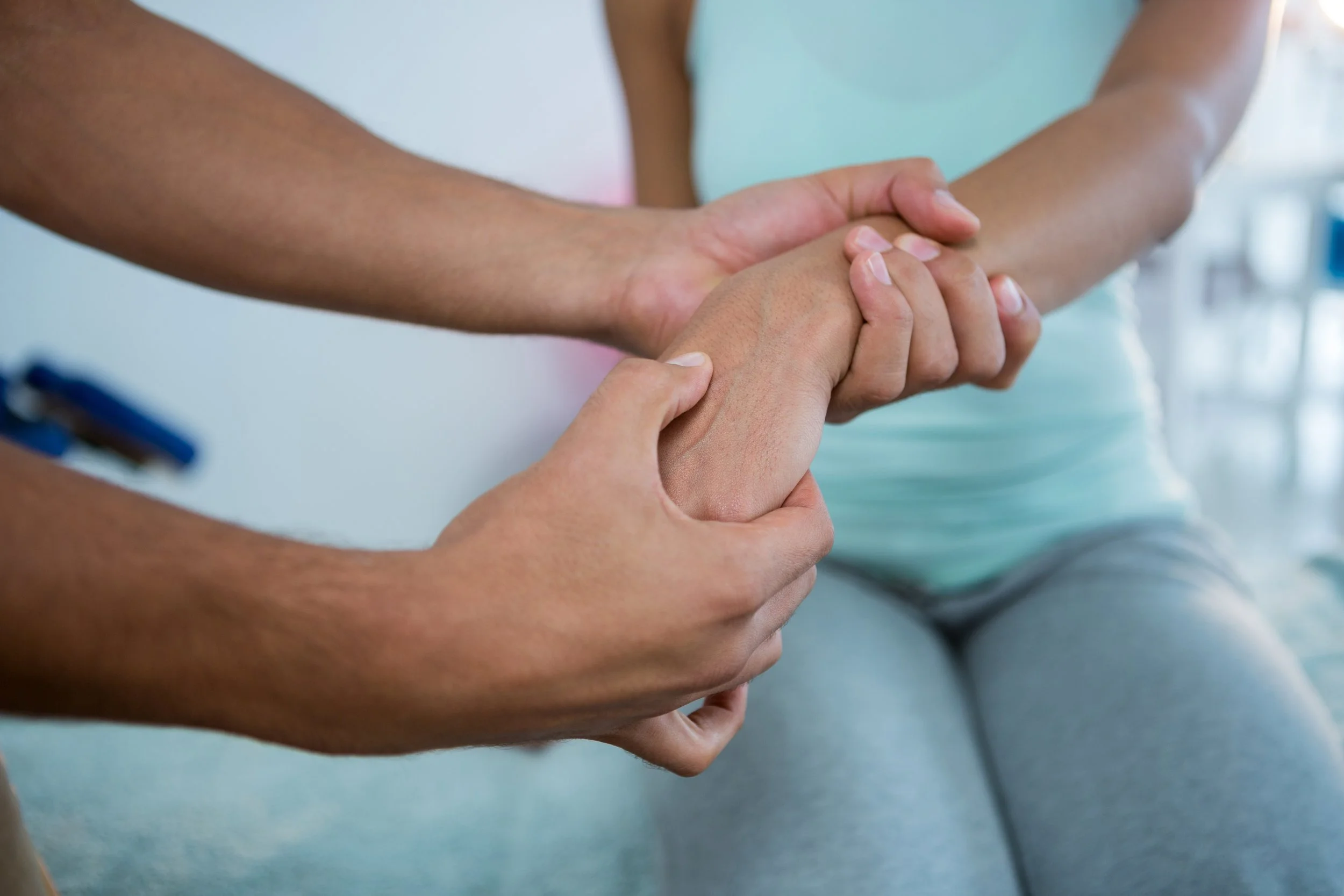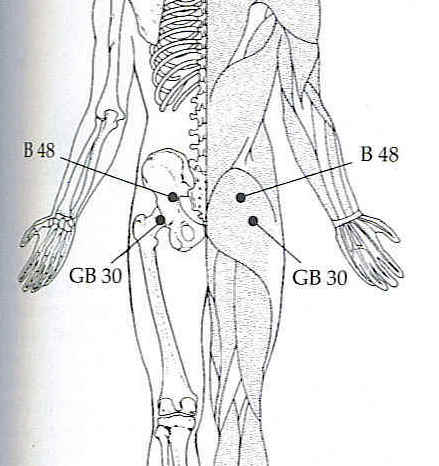Meet Our Myofascial Specialist: Lloyd Chung
/Lloyd Chung, RMT, is a 16 year specialist of myofascial release and cranial sacral Massage Therapy, recently adding Manual Osteopathy to his growing repertoire. He graduated from the Grant MacEwan College Massage Therapy program in June 2002 and became a member of the MTAA in 2003. Recently, Lloyd took a course at the National Manual Osteopathic College and is finishing his practical hours to become a Manual Osteopath.
Lloyd believes that massage should be seen as a tool that everybody should use to prevent pain and injury and maintain a healthier lifestyle, not just as a quick fix for pain and injuries. He also believes that a therapeutic or deep tissue massage can be relaxing and doesn’t necessarily need to be painful. Manual Osteopathy will allow Lloyd to continue on his path of gently guiding and correcting the body towards less pain and better health.
Lloyd understands the unique nature of a client’s circumstance and health history. He is adept with adapting treatments to a client’s needs and comfort, working with an intuitive nature, but also applying orthopedic assessments for confirmation. Lloyd takes the time to explain his findings to support clients by helping them understand themselves more.
When Lloyd isn’t working or spending time with his wife, son and daughter, he enjoys playing trombone with the Festival City Winds or relaxing with a good book.
Lloyd is providing Manual Osteopathic Massage Therapy appointments as he completes the last of his qualification’s practical hours. These appointments are billed as Massage Therapy, and offer Manual Osteopathic theory and techniques at a discounted rate!
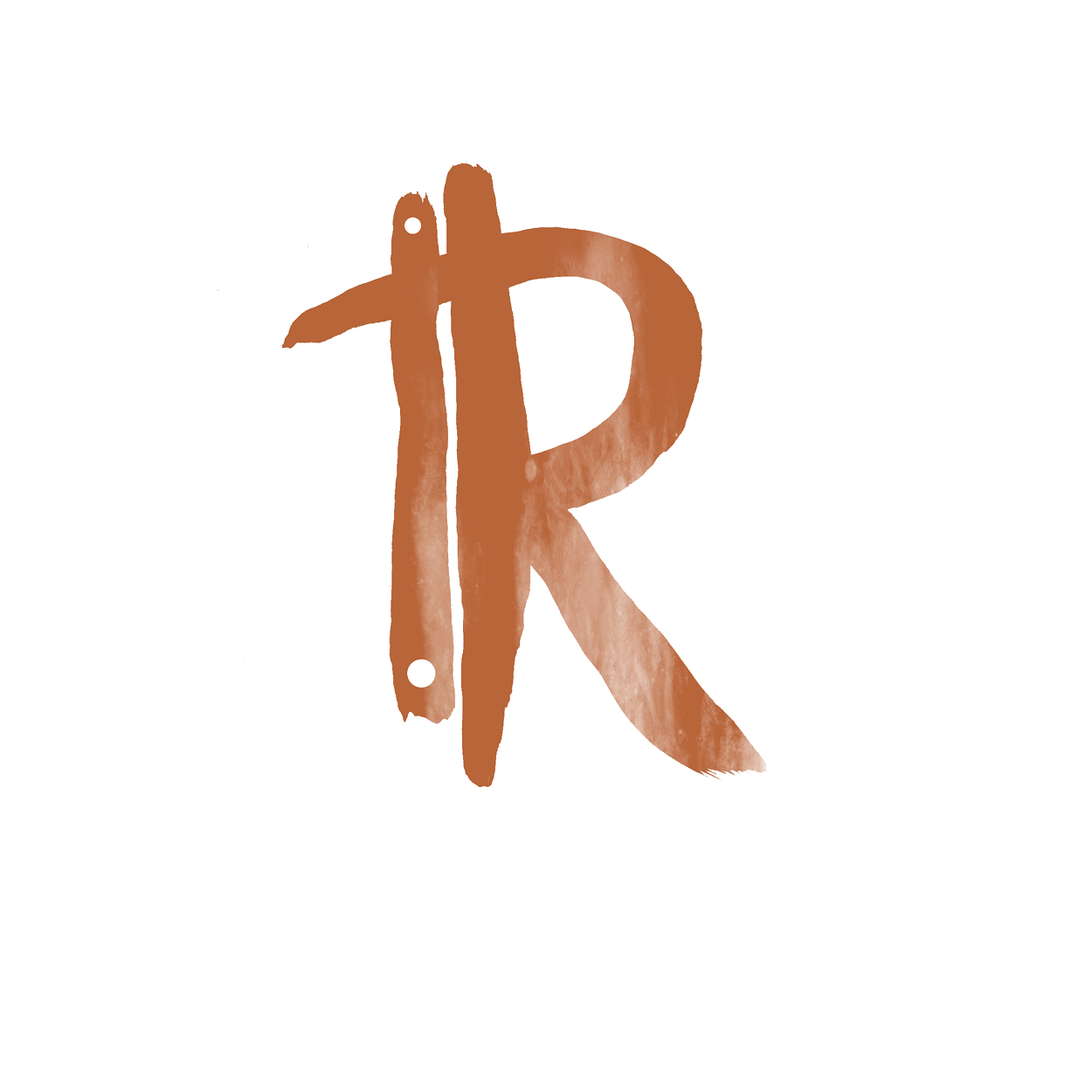





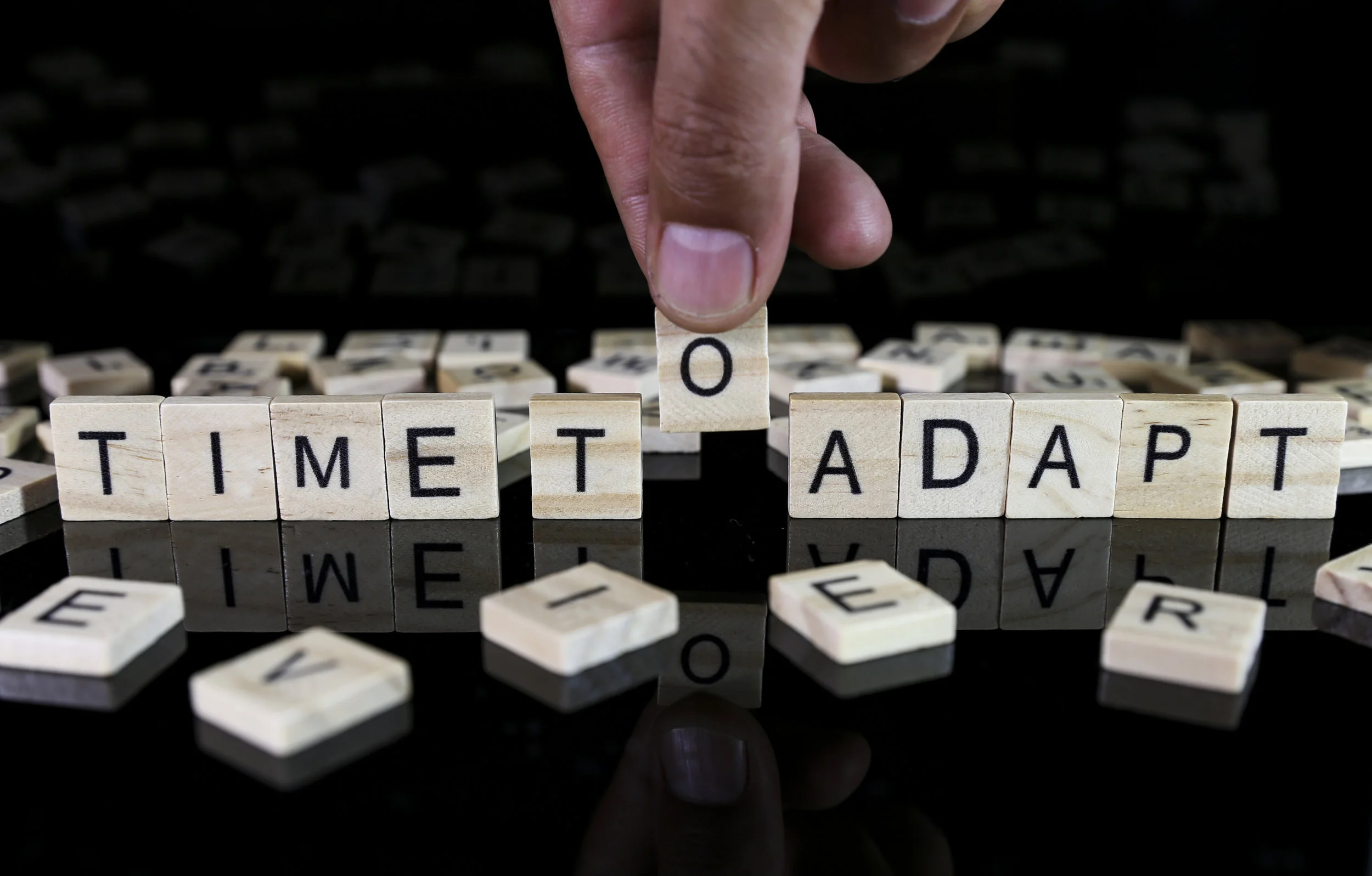
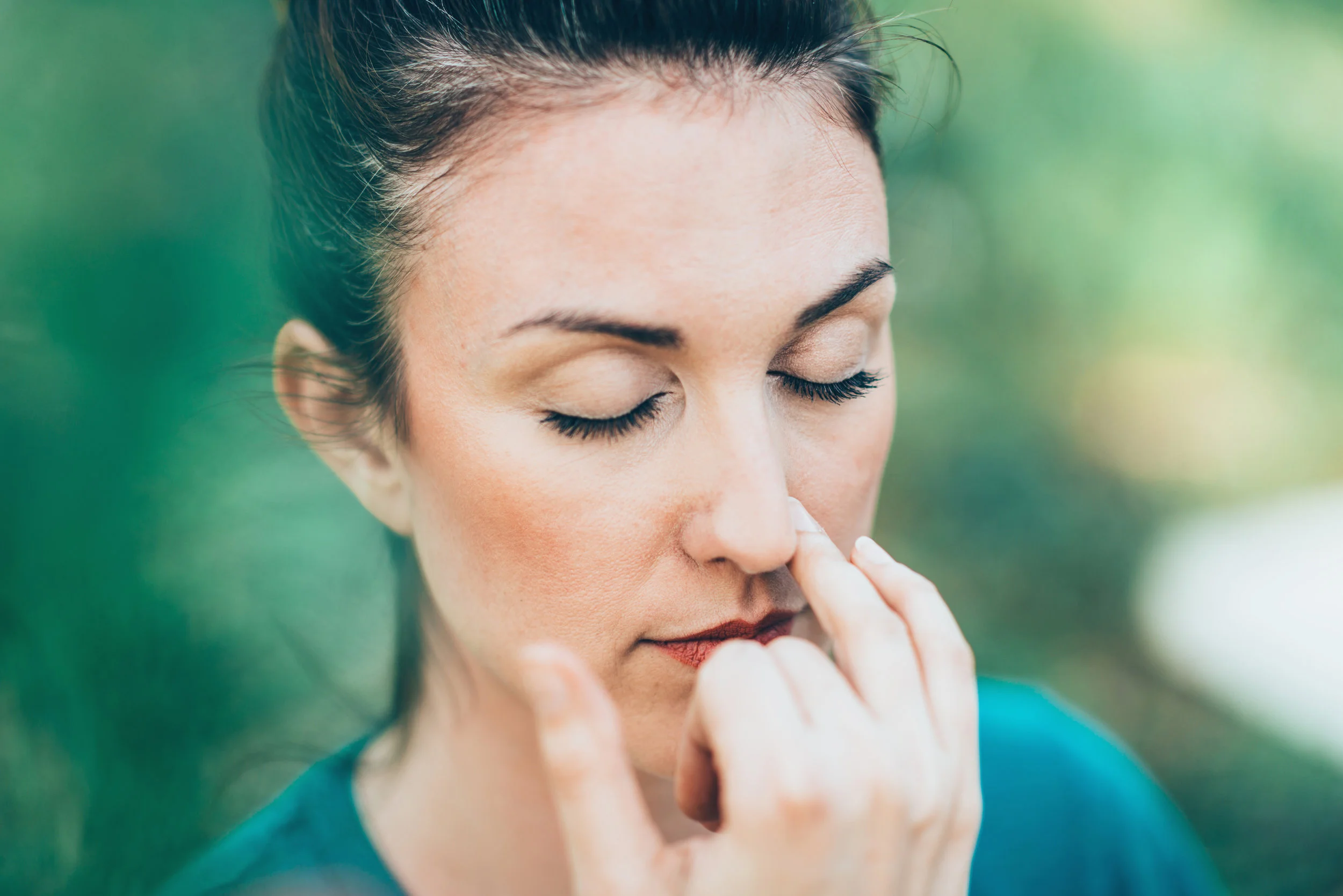



![Self-regulation “control [of oneself] by oneself"](https://images.squarespace-cdn.com/content/v1/55563e14e4b01769086817cb/1542845645966-PO2HGKF5JLUBM45UIWQ3/wee-lee-790761-unsplash.jpg)


